The primary forces working in the world of commodity trading are, of course, commodity traders. Different traders can vary by different practices and by which materials they deal with. These materials can be gold, silver, oil, lumber, wheat, corn, cattle, meat, basically any valuable raw materials you could think of. The traders usually deal with these materials at the start of their production cycle, so they will sell the materials directly to the people who need them. However, on the side, they can make profits off of the market by taking advantage of price changes in certain commodities and trading with other traders. They can do this by either investing in futures and forwards contracts, or trading directly. The general rule for them, as with most traders, is to buy low and sell high.
How selling commodities makes money
So how do traders make money selling materials to those in need of them? Well, they tend to take a close look at the supply and demand for particular materials. Say a new law passed restricting oil from certain countries which would mean less oil is available. A trader who has bought oil in advance will have extra leverage over anyone who needs to be said materials. The trader can then set their prices higher to take advantage of the situation. Traders need to be quick on the trigger in these situations to take advantage of sudden surges in market sentiment. If the news predicts a dire outcome, the market will suddenly worry and buyers will take whatever price they can get.
Commodity trading isn’t always all it’s cracked up to be, however. Pretty much the only way commodity traders can make money is by taking advantage of price changes. They can never take advantage of alternate systems, like dividends or interest. Therefore, all commodity traders must always be on the ball.
Types of commodity traders
Different types of traders have different styles depending on their particular skill-set. Here, we will briefly list some of the most well-known types of traders, and their strategy is.
Scalpers
If you want to talk fast, this is as fast as it gets. Scalpers are the most fast-paced types of traders there are. They trade minute by minute and thus have to spend a whole lot of time staring at the market charts. As such, they cannot look at long-term investments and must stick to taking advantage of every little opportunity that presents itself. Therefore most of their profits will be quite low, but it is the number of trades made that will give them the advantage. All of these small trades add up to be quite a substantial amount.
Since the sort of investments they make will not be too large, they do not need to have large funds. Although it is, of course, best if they have plenty of leftover capital to fall back on.
Day commodity traders
These traders also have relatively small time windows to trade-in. These trades can also take place in under an hour. They look at lots of short term trends to tell them where the market is going. Therefore, they too need to spend a lot of time in front of market charts. The similarities continue, as they also do not need great funds to get started. Additionally, they make most of their profits on the number of trades they make, rather than the profits on each trade.
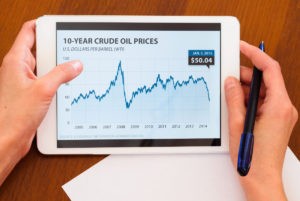
So overall, day traders only differ from scalpers in their time frames. They do have a greater dependence on predicting trends, and will generally work with less intensity.
Swing commodity traders
These types of traders take advantage of slightly longer-term trends. These trends are usually for predictions over the next few days. They take advantage of sudden swings in the market, by analyzing sentiments on the commodity beforehand. Therefore, they need a bit more patience when trading, but overall there is less stress and more time for thought. The profits made by swing traders tend to be larger as well, especially if you count each trade made.
All of this makes swing trading sound a lot more appealing than the other two strategies, but there is a catch. Swing traders will need to make larger investments in the market to see these kinds of returns. The losses made in swing trading can be greater, as the time scales are larger. These types of traders are unlikely to pull out of trade from every slight downturn, so their losses can gain considerably.
Position commodity traders
These final types of traders have the ultimate leisure, as they can make predictions based on long term trends. These tend to be predictions for the oncoming weeks and months, maybe even years. As the trend seems to show, these types of investments will require the most capital, however, but produce the most profit. The losses made can absolutely devastate a trader, so they need to have the money to back themselves up. They are, therefore, the wealthiest types of traders out there.
So, as we can see, the general trend is that the more money a trader has, the more leisurely he can take his trading, and make greater profits. A Longer-term trend is less stressful and is something most traders would like to do, but not all of them have sufficient capital for it.
-
-
- Interested in Commodities Trading? Read WiBestBroker’s comprehensive review on FSM Smart.
-
The role of commodity traders
So, seeing as commodity traders just want to take advantage of price differences, what is their role in the world of commodities? Do they just make profits, and add no value to anyone else?
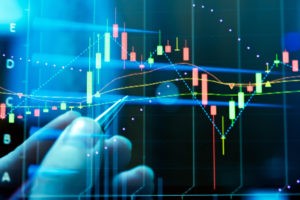
Well, first of all, traders usually pay for transport. The people needing certain commodities will not always be easily able to access them. Therefore, they often need a middle man to help them with the logistics. The traders will also take care of any issues that may occur in the process of transportation.
Traders also help companies and commodity producers in storage. Let us explain by giving an example. If the supply for a commodity is incredibly high, but the commodity is not yet in high demand, traders can keep the products until they are needed. This is usually because the season for the commodity is not yet ripe. By doing this, they reduce the volatility the market may feel at critical times of the year.
Traders can also serve their customers more ably by customizing their products to them. Companies producing the commodity will not always have exactly what a company wants. For example, a trader can mix different grades of oil to give customers exactly what they want. If oil companies tried to do this for all their customers, they would soon be overwhelmed.
Which broker is the best for scalping? Check which broker is the best broker for scalping at the moment.

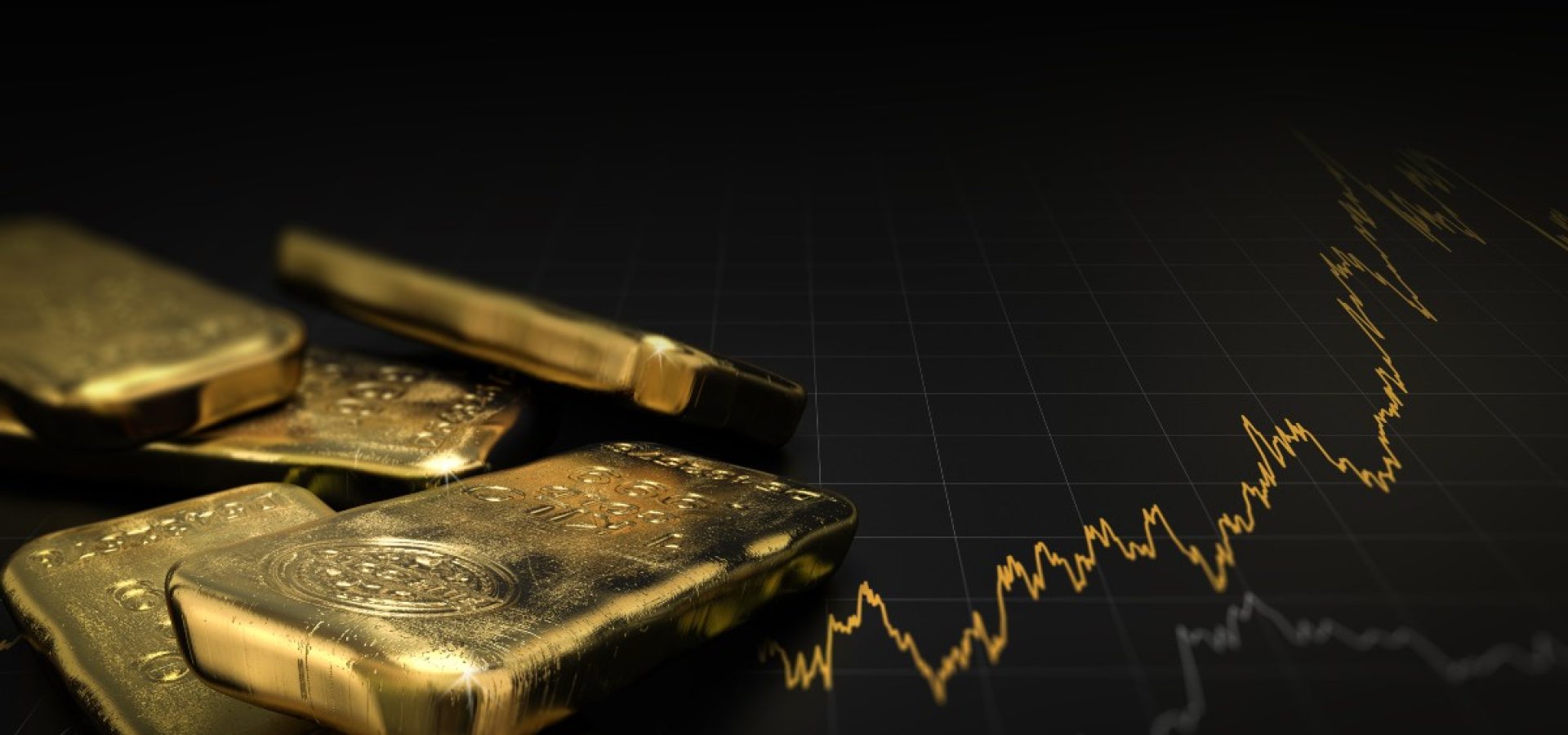
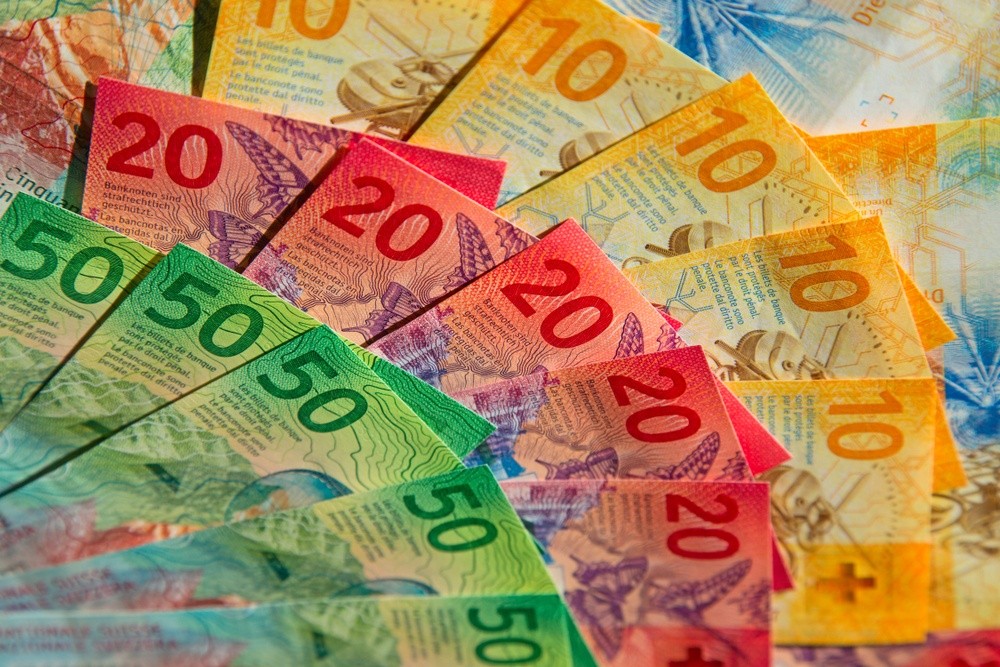
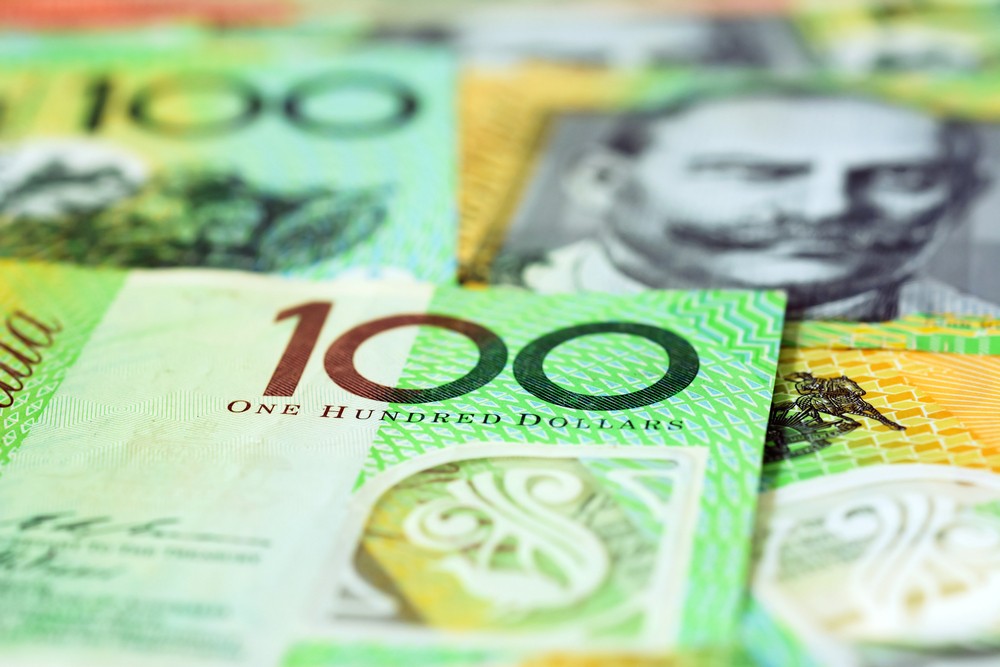
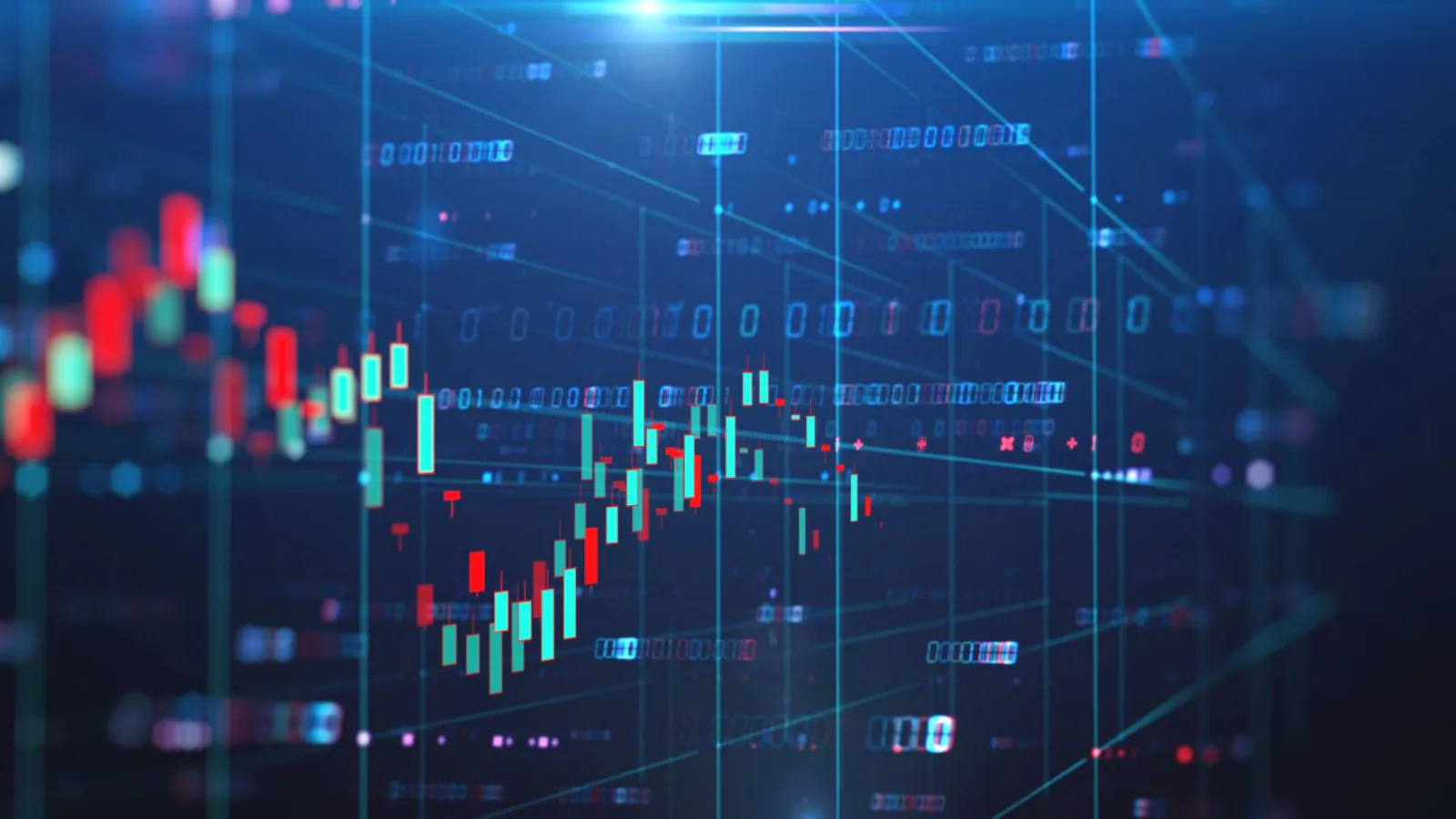




COMMENTS